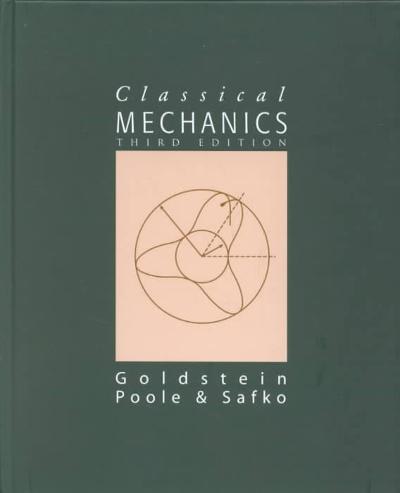Answered step by step
Verified Expert Solution
Question
1 Approved Answer
Now let's try an example where we apply the work-kinetic energy relationship quantitatively to find a change in an object's speed. Let's imagine a block
Now let's try an example where we apply the work-kinetic energy relationship quantitatively to find a change in an object's speed. Let's imagine a block on a sheet of ice, with negligible friction. The block has a mass of 5.00 kg. The block is currently moving to the right at 4.00 m/s. Let's say a rope is attached to this block, and it pulls horizontally on the block, also to the right, with a force of 12.0 N. With this force applied, the block moves a distance of 3.00 m to the right. How fast is the block moving at the end of this distance? There is a lot of information in this problem, but let's think for a moment how to approach it. We can use the work-kinetic energy theorem. That is, if we can find an initial kinetic energy, and find the work, we can then solve for the final kinetic energy. Knowing the final kinetic energy, we can find the final speed. Let's first find the initial kinetic energy. What is the kinetic energy (in J) of the block when it is moving at 4.00 m/s? J Next, let's calculate the work (in J) done on the
Step by Step Solution
There are 3 Steps involved in it
Step: 1

Get Instant Access to Expert-Tailored Solutions
See step-by-step solutions with expert insights and AI powered tools for academic success
Step: 2

Step: 3

Ace Your Homework with AI
Get the answers you need in no time with our AI-driven, step-by-step assistance
Get Started


